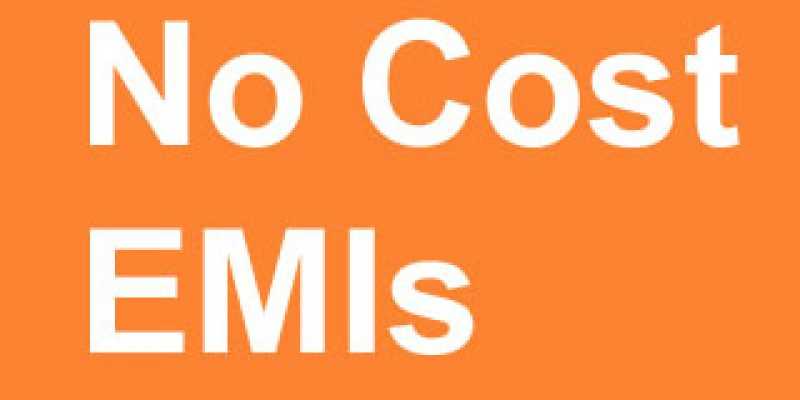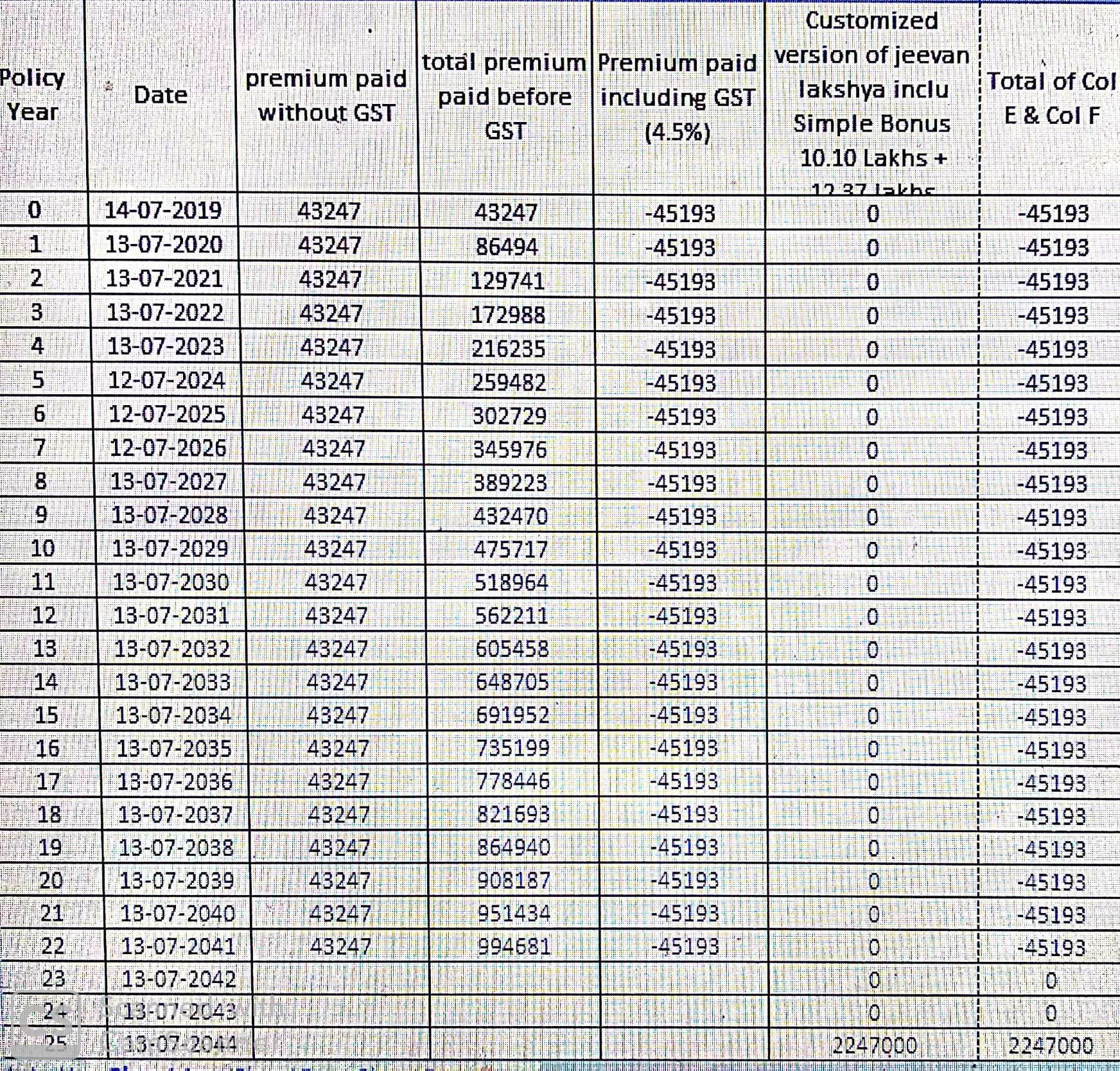
Recently I purchased a Verna from a Hyundai dealer. The cost came about 15.20 lakhs. When I checked the invoice, the insurance component alone was 73K. I found that it was on the higher side.
When I checked with one of my friend in the Insurance industry, he said he can do it for 53K for 12 Lakhs IDV (Insured declared Value), with the same insurance cover, which includes bumper to bumper with consumables.
If the difference value was 2K or 3K, I could have gone with the dealer itself. But when the difference value was about 20K, I was not able to digest.
I inquired with the Sales Manager of the showroom, why there’s a huge difference between your insurance with the other insurance companies.
He said, we will cover everything boss including consumables whereas other insurance companies will not cover those. Since this insurance comes from Hyundai; you will not have any problem in the claims.
I was little confused, again and went back to my close friend and inquired about that. He told that, the Sales will get a kickback from their company for promoting their own insurance. Hence they will say all cock & bull stories. If you are ready to fight it out, I will back you for getting the insurance.
Still I was not convinced. I thought it was prudent to clarify this issue on my own. I googled it to find out the truth, the motor vehicle insurance act, the law clearly says that, one cannot force the buyer to buy the insurance from them. It’s absolutely the discretion of that individual to choose the insurance company.
I decided to speak with CRM of Hyundai. Got a reply stating that, since you are buying the car from us, you need to take the insurance from our company only? The moment when I talk about the Motor Vehicle Insurance Act, she kept quiet and said, I will ask the concern person to speak with you sir!!
Since there was no revert for my calls, I wanted to document the same and I wrote couple of mails, but it remained unanswered. The delivery date was scheduled; the sales manager was pressing me for the remaining payment. The situation was forcing me to take decision. The difference amount of 20K was still stitching my mind continuously.
I called the Hyundai Customer care number in New Delhi. The executive who spoke to me was very clear in her statement. We will not force any customer rather we cannot force any customer to buy insurance from us. He requested me to take the Sales Manager on con-call.
I called the Sales Manager; I once again started the story from the start. Because I wanted them understand the entire story. I allowed him to talk more; he went on to say, as per Hyundai Policy, the new customer has to take the insurance from the dealer only. Otherwise the customer would face a problem if any claim arises in the future. The Sales Manager not aware that, the customer care executive is over hearing the entire conversation.
Suddenly the customer care officer, interrupted the conversation and asked the Sales Manager, gentleman can you please quote where it was mentioned in the policy.
The Sales Manager was bamboozled with that intervention of Hyundai people. When he understood that it was Hyundai people, he assured that he will do the best to satisfy the customer.
I must appreciate the courtesy and professionalism with the Hyundai customer care people.
Later the dealer accepted to take insurance from outside and I saved about 20K for myself.
On the following day, the Sales Manager had called me and gave a nice compliment in a sarcastic way – I never seen a customer like you sir!!
Jokes apart, with a little rigidity, I saved my money.
When I shared this information with my friends, surprisingly no one aware of that, we can take the insurance from outside as well, this made me to dig deeper about this insurance fraud.
Since I live in a large gated community; I get an opportunity to see all brands of cars, every week I use to see a newly registered car in our community. Out of curiosity, I started checking with new car buyers about this. Shockingly no one was aware of such things. They all told me, we thought it was a package.
So next time, if your friend or relatives buy a new car for themselves. Please share this info with them, help them to save their money and demand for a big treat.
For a matter of fact, it’s happening with all familiar brands. The awareness has to come from the people.
In 2017, over 32 lakhs of car were sold in India. Even if you keep the insurance margin to 10K per car, you may need a calculator to calculate the swindled money from the public. It was staggering 320 crores of money has been looted from our pocket.
Every month, the corporate is pocketing 26 crores of rupees from us. This is only the car segment alone. There are some other segments like commercial vehicle, Agri-vehicles, two wheelers and many others.
We can keep this atrocity in one side and we talk about another atrocity which people are doing to themselves.
Only 4 out of 10 people take the car on every day basis. Which directly translates around 60% people is not doing any justice to the EMI they are paying.
For a 12 lakhs car, you pay an EMI of Rs. 25K per month, which translates about 3 lakhs per annum. Apart from that, you have fuel cost, insurance cost, depreciation cost and service cost.
For 20,000 kms, let’s take average mileage of 12 km/per litre. Which directly translate into Rs. 1,33,000 (11K per month), then insurance amount of Rs. 40K (3333 pm), then 10% depreciation of 1,20,000(10k p.m.) and service cost of 20K (1600 pm)…. Which all adds up to Rs. 25933.
And it doesn’t stops there; you add up your EMI of Rs. 25,000 then add the other component of Rs. 25933 = 50933.
Hence your spent per month is Rs. 50933.
Based on your car value, you can calculate it accordingly.
If you are not driving anything less than 20,000 kilometres, we can charge a criminal case against you.
Now again who is helping the corporate, the same ignorant people. My request is, if you are going to drive less than 20,000 kilometres per year, please don’t buy a car. Instead hire a Merc, wherever you go. It works out much cheaper than owning a car.
Per annum spent Kms ran Rs spent per km
635196 30000 21 Rs.
635196 25000 25 Rs.
635196 20000 31 Rs.
635196 15000 42 Rs.
635196 10000 63 Rs.
635196 8000 79 Rs.
635196 5000 127 Rs.
** Per annum spent derived from 52933*12
** Rupees spent was calculated kms ran / pa spent
I can keep adding another atrocity by the consumer. Only 50% of the car owner washes their car everyday. Out of which only 10% cleans the interior.
I have seen many people were driving their NEW car with the polythene cover in the seat. They are trying to safe guard the seat. The R&D team works very hard to give a comfort for the car owners to give a pleasant experience to drive their cars. But we are not enjoying it, in spite of paying money for that car.
Author: Unknown
Source: Facebook










